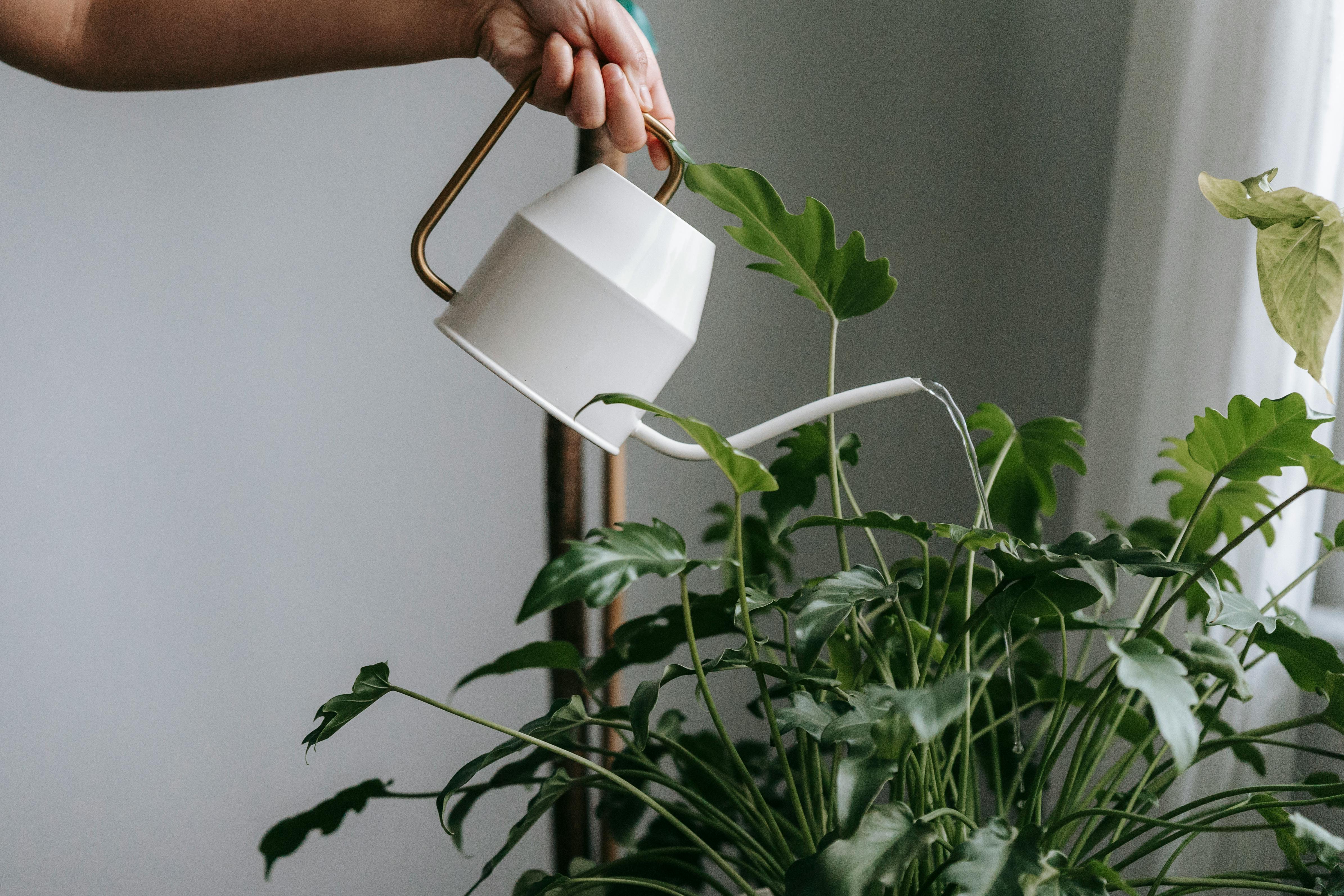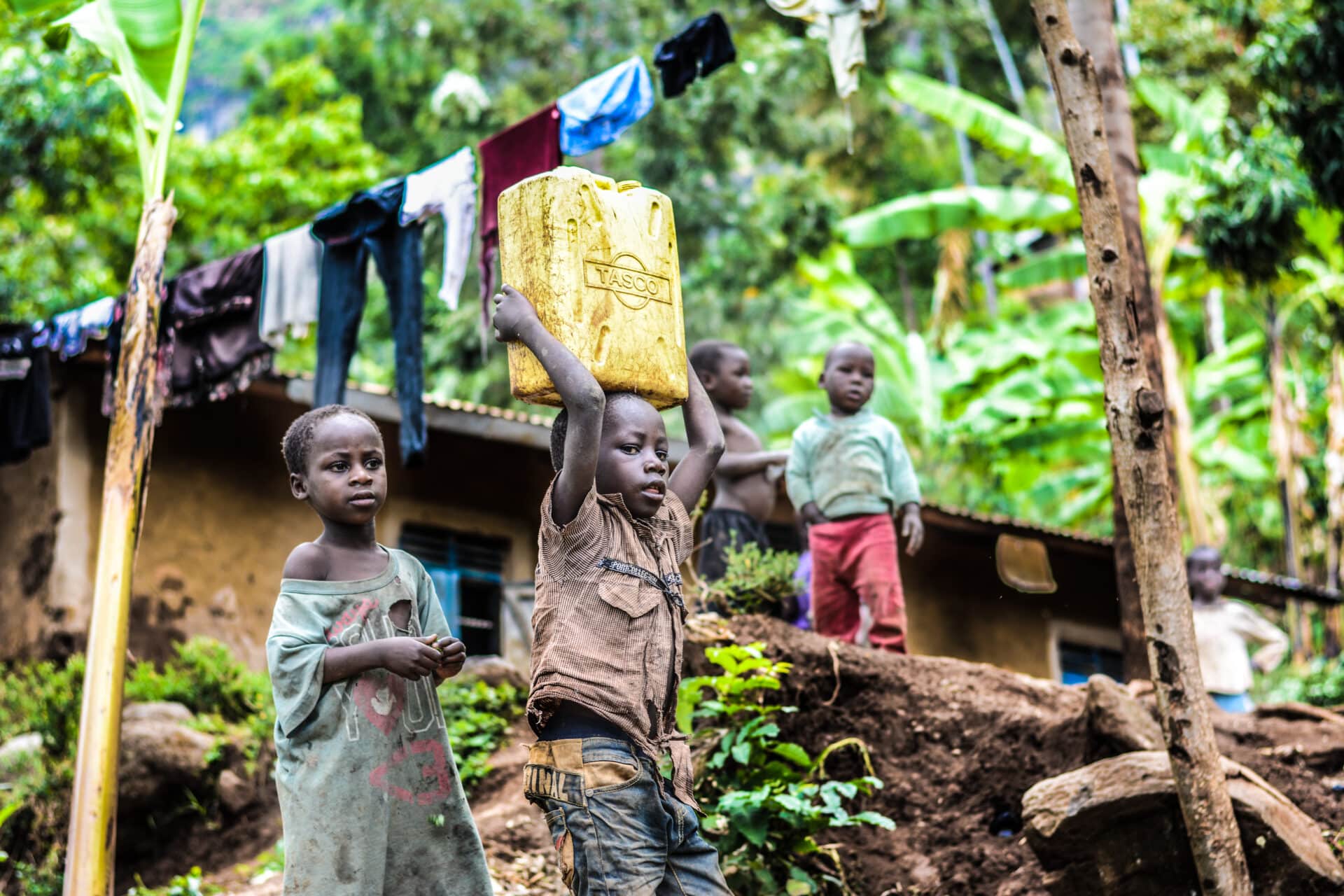Monstera plants, also known as Swiss cheese plants, are popular houseplants that are easy to care for. Many people wonder if Monstera can grow in water. The answer is yes! While Monstera does best in soil, it is possible to grow it in water and it can be a fun way to propagate your plant. This article will discuss the basics of growing a Monstera in water and the tools you’ll need to get started.Yes, Monstera can grow in water. It is possible for the roots of a Monstera plant to thrive in water as long as the environment is kept clean and free from bacteria and fungi. The roots need oxygen and should be planted in a pot filled with potting soil and water. Change the water every few days to keep it clean and keep your Monstera healthy.
Understanding Monstera Plant Care Requirements
Monstera plants are known for their beautiful and unique foliage, but they also require proper care in order to stay healthy and thrive. Knowing the basic needs of your Monstera plant will help you keep it looking its best. With the right environment and care, your Monstera plant can be a long-lasting addition to your home or garden.
Light is one of the most important factors in caring for a Monstera plant. It prefers bright, indirect sunlight, but can tolerate some shade as well. If your Monstera is receiving too little light, its leaves may start to yellow or become stunted in growth. Too much direct sunlight can also cause damage to the leaves, so be sure to keep it in a location where it will get plenty of light without being exposed to too much direct sun.
Temperature is another important factor for a healthy Monstera plant. It prefers warm temperatures between 65-80°F during the day and cooler temperatures at night between 55-65°F. Temperatures outside of this range can cause damage to the plant’s leaves and roots. It’s best to keep your Monstera away from cold drafts or extreme heat sources such as radiators or air conditioning vents.
Watering is also an essential part of caring for a Monstera plant. The soil should be kept lightly moist throughout the growing season by watering when the top inch of soil feels dry to the touch. During winter months, water less frequently and allow the top inch of soil to dry out completely before watering again. Overwatering can lead to root rot and other problems, so be sure not to water too often or use too much water at once.
Fertilizer can also be beneficial for a healthy Monstera plant if used sparingly during active growing months (typically spring and summer). A balanced liquid fertilizer such as 10-10-10 should be used every two weeks during these months at half strength for optimal results. During winter months, fertilizing should be reduced or stopped altogether as the plant enters its dormant period.
Finally, pruning can help maintain a healthy shape and size for your Monstera plant over time if done correctly. Removing dead leaves from time to time will help encourage new growth while keeping it looking neat and tidy in between repotting sessions which should occur every 2-3 years depending on growth rate and size desired by the owner.
Overall, proper care needs to be taken when caring for a Monstera plant in order for it to remain healthy over time. Knowing its basic needs such as light requirements, temperature range preferences, watering schedule needs, fertilizer application guidelines, and pruning tips are essential aspects that need consideration when taking care of this beautiful houseplant!
What Kind of Soil Does Monstera Need?
Monstera plants require well-draining, nutrient-rich soil to stay healthy and thrive. A good mix for Monstera includes two parts potting soil, one part coarse sand or perlite, and one part peat moss. The soil should be slightly acidic with a pH of 5.5 to 6.5. It is also important to ensure that the soil is not too wet as it can lead to root rot and other issues. To prevent over-watering, it is best to water the plant when the top inch of soil feels dry. Additionally, adding a layer of mulch on the top of the pot can help keep the soil moist for longer periods of time.
Can You Grow Monstera in Water?
The short answer is yes, you can grow Monstera in water. But there are some important considerations to keep in mind if you want your plant to thrive. Monstera plants are tropical plants, so they require warm temperatures and high humidity to thrive. If you want to grow a Monstera in water, it’s important to provide the right environment and the right nutrients.
The best way to grow a Monstera in water is by using an aquatic potting mix or special aquatic potting medium. This will ensure that your plant has access to the necessary nutrients and minerals it needs to survive. It’s also important to use clean water when growing a Monstera in water, as this will prevent any pathogens from entering the plant’s system. Additionally, it’s important to keep an eye on the temperature of the water, as this will affect how well your plant grows.
When growing a Monstera in water, you should also be sure to change the water regularly. This will help prevent any build up of minerals or other substances that can harm the plant’s roots or leaves. Additionally, you should regularly inspect your plant for signs of disease or pest infestations, as these can easily spread through standing water. Finally, be sure not to over-water your Monstera; too much water can cause root rot and other issues that can kill a plant quickly.
Overall, while it is possible to grow a Monstera in water, it requires careful attention and maintenance if you want your plant to stay healthy and thrive.
Propagating Monstera Plants
Propagation is a great way to multiply your monstera plants and create a stunning houseplant display. It’s also an inexpensive way to keep your collection growing. The good news is that it’s easy to propagate monstera plants, as long as you have a few basic supplies and a little patience. Here is what you need to know about propagating monstera plants.
The first step in propagating monstera plants is to choose a healthy stem with at least two nodes (where the leaves attach to the stem). Cut the stem at least one inch below the node. Then dip the cut end into rooting hormone powder before planting it in moist potting soil. Make sure to bury the nodes, as this will encourage new roots to form.
Next, place your newly potted cutting in an area with indirect sunlight or fluorescent light, and keep the soil moist but not soggy. The new roots should begin to form within several weeks or months depending on environmental conditions and the time of year. Once roots have formed, you can move your cutting into a pot with more soil or even directly into a larger pot for display.
It’s important to note that propagating monstera plants may take some time and patience. Not all cuttings will take root right away, and sometimes they may take several months before they develop any new growth. However, if you provide optimal growing conditions and persevere, you should eventually be rewarded with lots of beautiful new monstera plants!

Benefits of Growing Monstera in Water
Growing Monstera in water has a number of benefits. For starters, it is an easy way to propagate the plant. By taking cutting from the stem and placing them in water, the roots will soon begin to form. This is a great way for those new to gardening, or those who don’t have a lot of space, to get started.
Another benefit of growing Monstera in water is that it is much less labor intensive than planting them into soil. There is no need to worry about soil types or fertilizers and you don’t need to worry about overwatering or underwatering as much either.
Finally, growing Monstera in water can help prevent pests from infesting your plant as there are no soil-borne pests that can survive in water. It also helps keep the plant hydrated during periods of extreme heat and dryness which can be beneficial for those living in hot climates.
What Are The Risks Of Growing Monstera In Water?
Growing Monstera in water can be a great way to propagate new plants, however there are some risks involved. Overwatering is the most common risk when growing Monstera in water. Waterlogged soil can cause root rot, which can eventually kill the plant if not addressed quickly. The roots of the plant need a balance of air and water in order to thrive and overwatering can prevent this from happening. Additionally, stagnant water can also lead to anaerobic bacteria and fungi, which can cause root rot as well.
Another risk of growing Monstera in water is that it may not be able to absorb enough nutrients. Soil provides a range of essential nutrients that the plant needs for growth and development, including nitrogen, phosphorus, potassium and other trace elements. When grown in water, these nutrients may not be available or may be present in insufficient quantities for optimal growth.
Finally, growing Monstera in water may also increase the risk of pests and diseases such as powdery mildew. It’s important to check your plants regularly for signs of any pests or diseases so that you can take action quickly if needed.
How Long Does It Take For A Monstera Plant To Root In Water?
Rooting a Monstera plant in water is an easy and popular way to propagate your houseplant. Rooting time depends on the age of the cutting, but typically takes about 4-6 weeks for the cutting to develop roots. You will know that your cutting has rooted when you see several roots that are at least one inch long growing from the stem of the plant.
When rooting a Monstera plant in water, it is important to use a clean container and water that has been treated with a water conditioner. This will help prevent diseases and parasites from attacking your new cutting. Additionally, make sure to keep your container in indirect sunlight so that the roots can develop properly.
Once you have established roots on your Monstera cutting, it is important to pot it in soil as soon as possible so that it can start growing healthy leaves and stems. When transplanting your rooted Monstera into soil, make sure to use a soil mix that is rich in nutrients and well-draining. This will help ensure that your newly propagated plant continues to thrive.

Conclusion
Monsteras are a unique and beautiful species of houseplants that can thrive in a variety of conditions. While growing Monstera in water is possible, it is not the ideal option since the roots need oxygen to remain healthy. To get the most out of your Monstera, provide it with rich soil, adequate drainage, and plenty of light. With proper care, your Monstera will be sure to thrive!
Ultimately, keeping your Monsteras growing in water is not recommended since they are best suited for soil. However, if you do choose to try growing them in water, make sure to monitor their progress closely and be prepared to transition them back into soil when necessary for their health and well-being.

